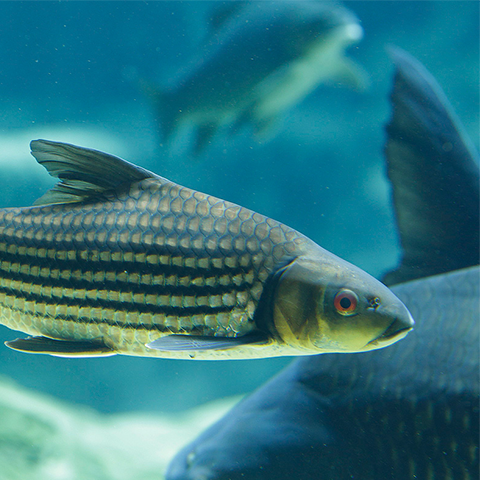Conservation Actions
There are no species specific conservation measures for this species but since 2011, DENR has designated the Sinocalan-Dagupan River System, including Calasiao River, as Water Quality Management Area (SDRS-WQMA) to protect and rehabilitate important water bodies in the province of Pangasinan that are threatened by various development activities (EMB Region 1 2016 and DENR, 2020).
Location Information
The species is known only from a river in the municipality of Calasiao in Pangasinan, Philippines. This river is identified as Calasiao River (Parenti 1989).
It has an estimated extent of occurrence (EOO) from 4 km2 based on known localities to 675 km2 computed based on known HydroBasin. Its area of occupancy (AOO) ranges from 4 km2 based on known localities to 124 km2 based on known HydroBASIN. The lower limit of 4 km2 is the best estimate for both EOO and AOO.
Geographic Range
Extant
Philippines
Population Information
This species was described in 1989 based on 41 individuals collected in 1976 in Calasiao, Pangasinan. The current population status of this species is not known because there have been no other confirmed records since its discovery.
Threats
Rivers in Calasiao, like all the other rivers/tributaries connected to the Agno River Basin, are threatened by pollution from mining, agricultural, domestic and industrial wastes and sedimentation (Petr 1985). During flooding and high tides in lowlands, the Agno River connects with the Dagupan-Malabago-Sinocalan river systems which drain the urban areas in Calasiao, Dagupan and Santa Barbara. The catchments of these rivers have been intensively developed for rice farming irrigation and have poor and largely insufficient disposal facilities for waste even in the urban and industrial centres (Petr 1985).



